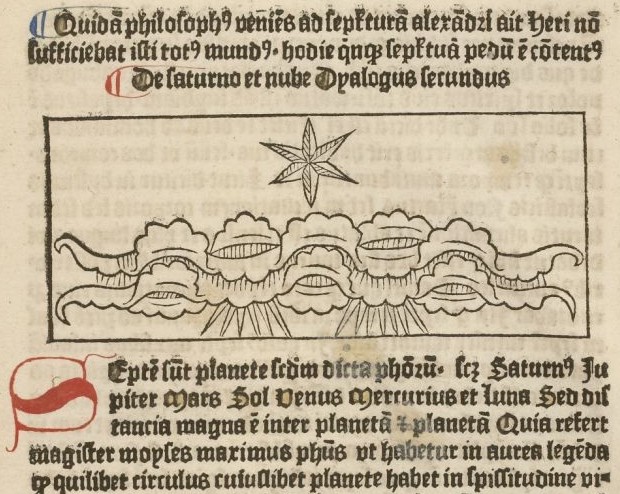Concerning Saturn and the Cloud | De Saturno et nube

Bibliothèque nationale de France, département Arsenal, RESERVE FOL-BL-911, f.11r [Public Domain]

Bibliothèque nationale de France, département Arsenal, RESERVE FOL-BL-911, f.11r [Public Domain]